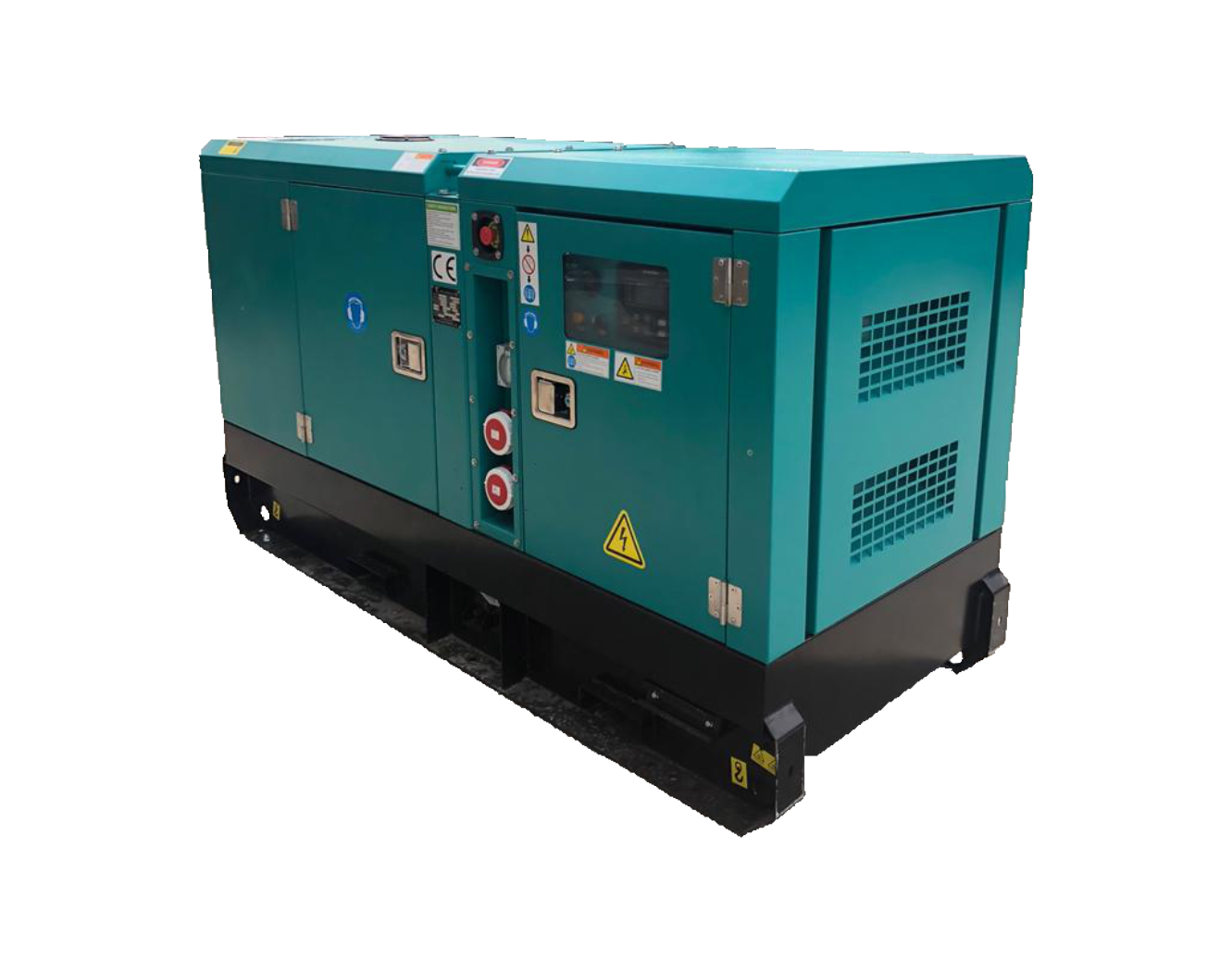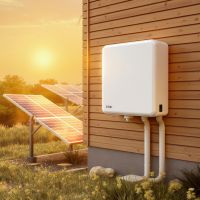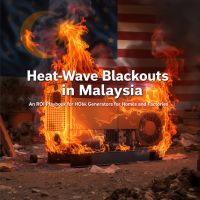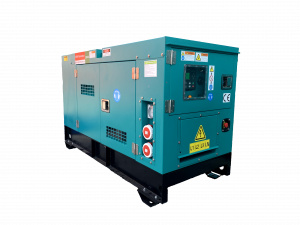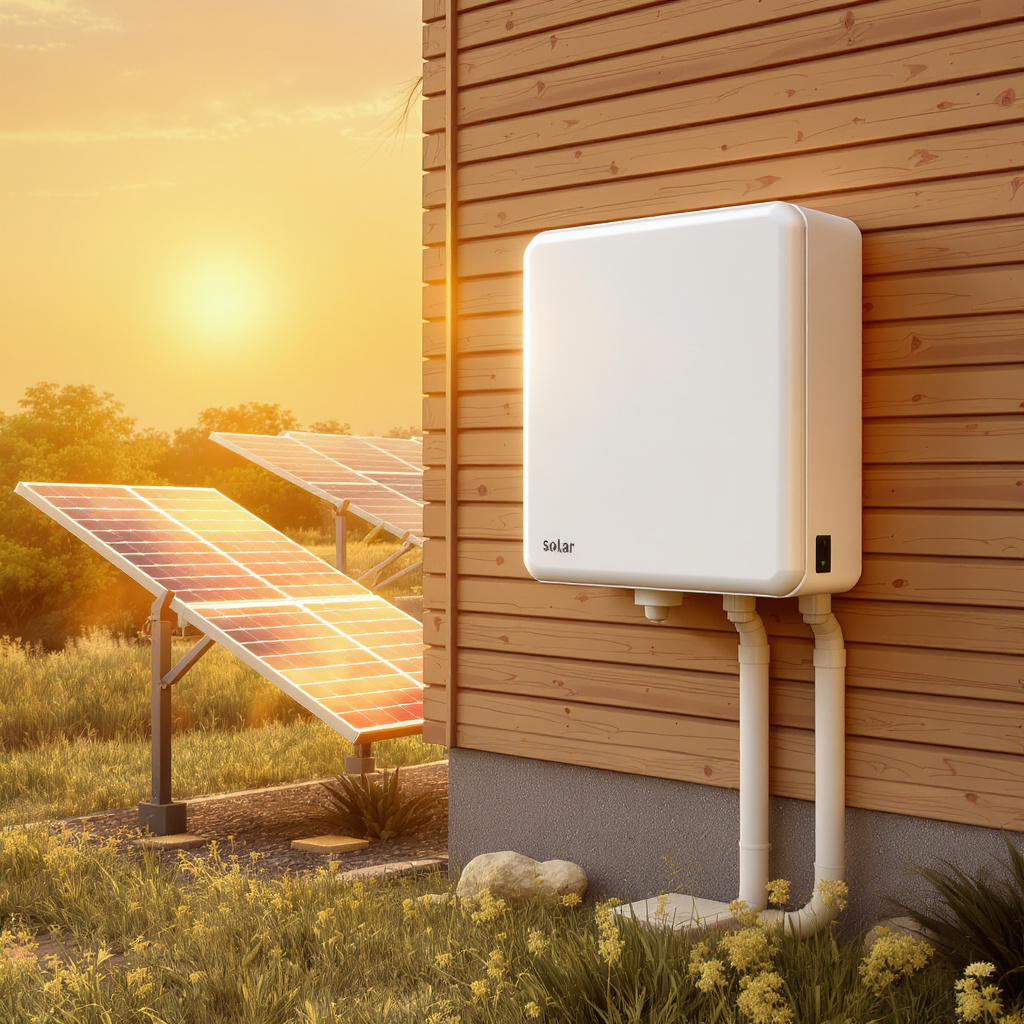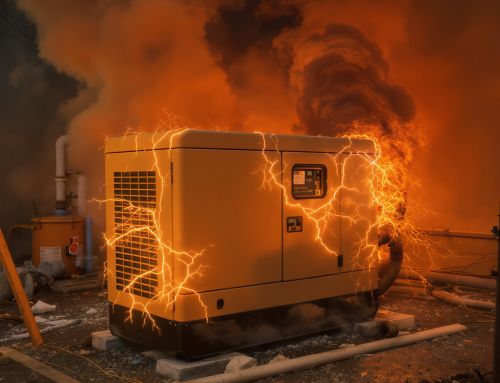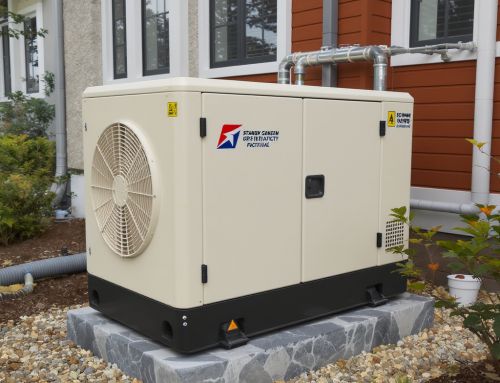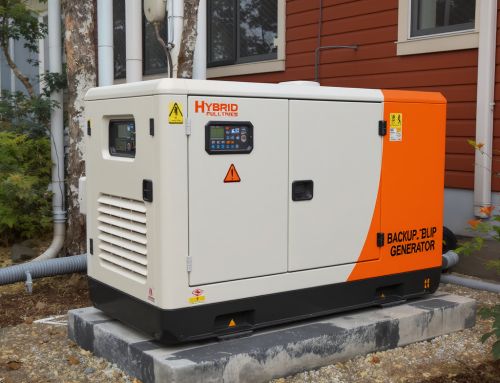Heatwave-Proof Power in Malaysia: Why Homes and Factories Should Pair Backup Generators with Solar Inverters Now
Malaysia’s grid is under increasing stress from extreme heat waves and higher peak demand. Whether you run a family home or a light manufacturing line, brownouts and unplanned outages can bring life and production to a halt. Pairing a standby generator with your existing (or planned) solar inverter system offers the most resilient, cost-effective way to keep the lights on and protect your assets.
Why heatwaves change the backup power equation
Prolonged heat pushes cooling loads up, trips transformers, and can degrade battery performance—raising the risk of voltage dips and outages. For homes, that means spoiled food, AC downtime, and safety systems going offline. For factories, it’s production scrap, missed delivery windows, and equipment stress from sudden restarts. A properly sized backup generator bridges these gaps seamlessly, while your solar array offsets daytime fuel burn and utility bills.
Key benefits for Malaysian homes
- Uptime for essentials: Keep air-conditioning, fridges, pumps, and security systems running during TNB interruptions.
- Lower operating cost with solar assist: When the sun is blazing, solar reduces generator load and fuel use.
- Quiet, compact options: Modern home gensets come with acoustic enclosures and small footprints suitable for terraces and semi-Ds.
Ready to explore a compact option? See our 30kVA MGM generator designed for homes and small commercial sites.
Advantages for factories and workshops
- Protect throughput: Maintain CNCs, compressors, chillers, and PLCs during grid events to avoid scrap and downtime.
- Compliance and safety: Keep emergency lighting, ventilation, and fire systems online.
- Fuel and emissions control: Pairing with rooftop PV reduces runtime hours, noise, and emissions per unit of output.
Scaling up? Evaluate our 60kVA MGM Generator for light industrial loads, or step into higher capacity with the 160kVA MGM Premium for growing factories.
Integration: Generator + Solar Inverter best practices
- ATS and inverter compatibility: Use an automatic transfer switch (ATS) and confirm your inverter supports generator charging or has anti-islanding configured properly.
- Load prioritisation: Put critical circuits (server room, process lines, cold rooms) on a backed-up sub-board for smoother transitions.
- Right-sizing: Homes commonly land in the 15–30kVA range; light manufacturing may need 60–160kVA depending on motor starting currents and simultaneous loads.
- Placement and acoustics: Follow clearance, ventilation, and exhaust routing guidelines to meet local council and neighbour requirements.
- Fuel strategy: Diesel remains the reliability benchmark; consider day tanks with filtration and periodic fuel polishing for longer storage.
ROI during heatwaves
Downtime cost in Malaysian factories can exceed thousands of ringgit per hour. Avoiding just a handful of outage hours each quarter often pays for a generator within a few seasons, especially when solar trims daytime diesel use. For homes, preventing food spoilage, hotel stays, and electronics damage adds real savings—plus the comfort of uninterrupted AC in peak heat.
Specification snapshots
- Noise: Acoustic enclosures can achieve 65–70 dB(A) at 7m for residential models; industrial sets offer advanced attenuation options.
- Emissions: Select engines compliant with modern standards, and maintain service intervals for clean combustion.
- Space: Slimline canopies and rooftop or yard placements fit tight Malaysian lots and shoplots.
- Service: Quarterly test runs with load banks ensure starting reliability when you need it most.
Next steps
Our team can design a generator + solar inverter integration that matches your home or factory profile, including ATS, load studies, and commissioning. Browse models, request a site visit, or get a turnkey quote today. Contact us at genset@genset.com.my or call +60129689816. You can also reach us via our contact page.



